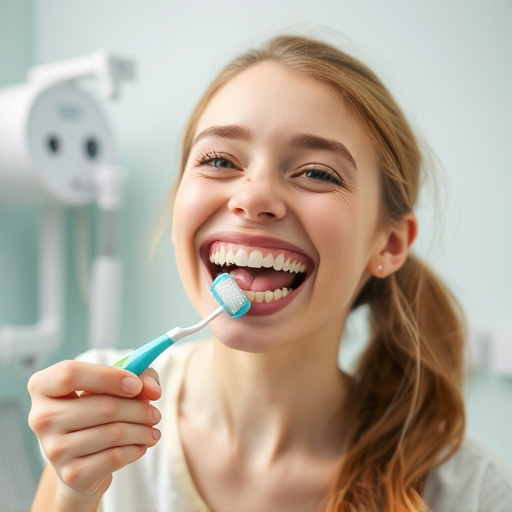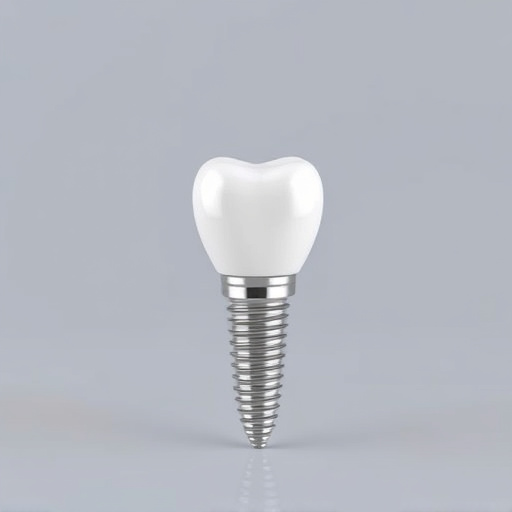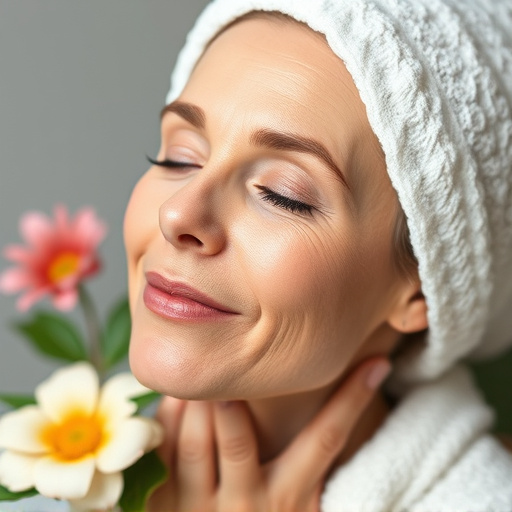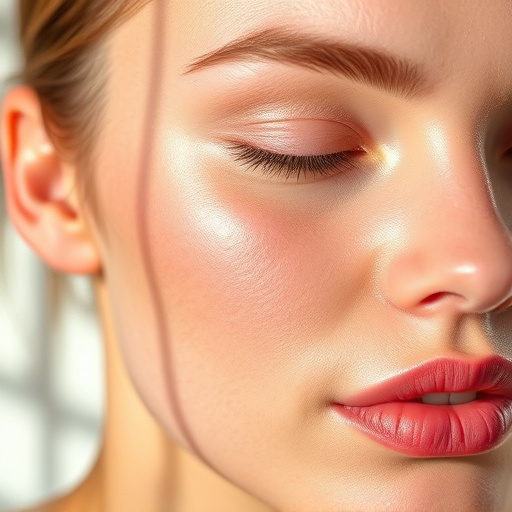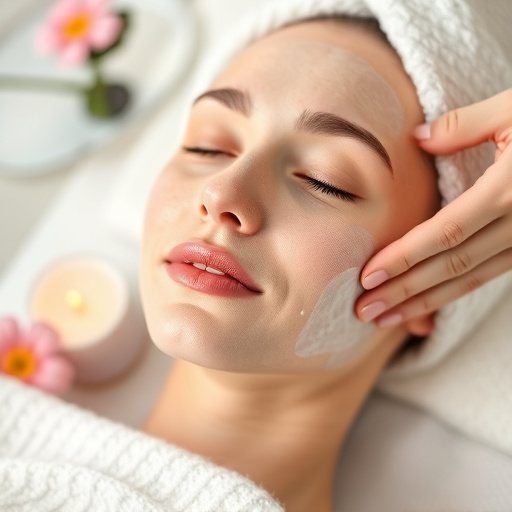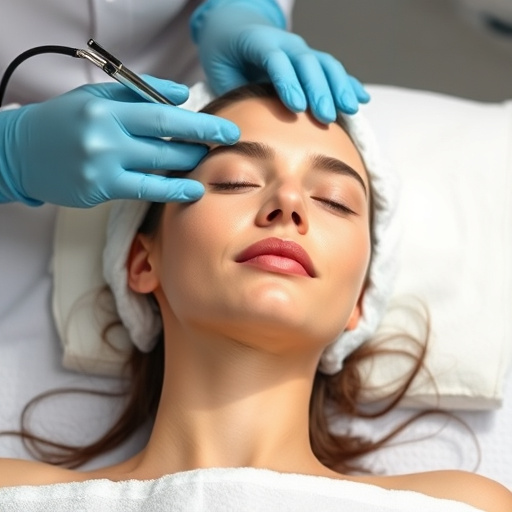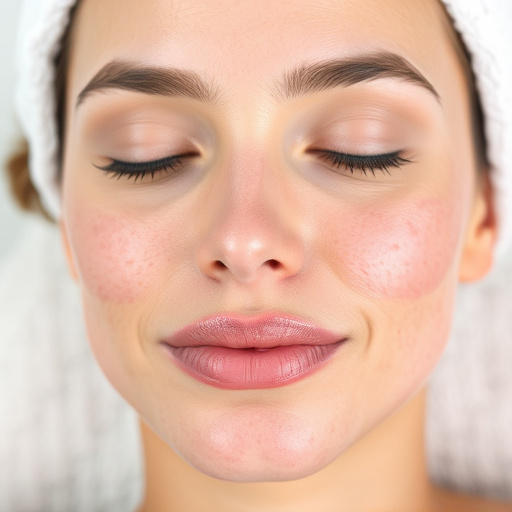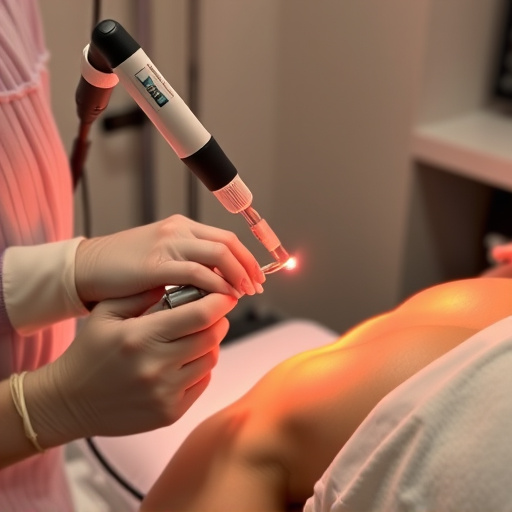Rosacea is a chronic skin condition with flare-ups and remission, characterized by redness, puffy bumps, and eye irritation. Caused by environmental triggers and genetic predisposition, treatment involves understanding symptoms and causes. Initial options include OTC creams and topical meds, but severe cases may require microneedling or IPL therapy. Effective management includes personalized skincare routines, anti-aging techniques, and dermatologist-guided procedures like skin tightening. Start with a consultation, establish a gentle routine, explore treatments like retinoids and hydrating serums, and consider wrinkle reduction for significant improvements in skin appearance and confidence.
Feel comfortable again with trusted rosacea treatment! This comprehensive guide delves into the causes and symptoms of this often misunderstood condition, offering a clear roadmap to achieving comfort. We explore reliable treatment options backed by medical expertise, providing a step-by-step approach to managing redness, bumps, and inflammation. By following these strategies, you can take control of your skin health and reclaim your confidence.
- Understanding Rosacea: Symptoms and Causes
- Exploring Trusted Treatment Options
- Achieving Comfort: A Step-by-Step Guide
Understanding Rosacea: Symptoms and Causes
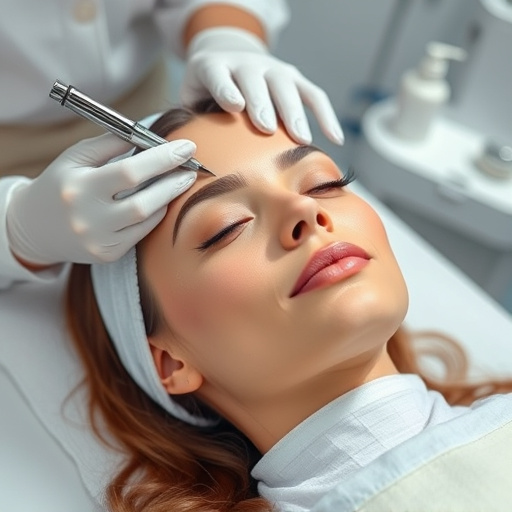
Rosacea is a chronic skin condition that affects millions worldwide, characterized by periods of flare-ups and remission. The most prominent symptoms include redness, small puffy bumps, and visible blood vessels on the face. It can also cause eye irritation and, in some cases, lead to thickening of the skin. While the exact causes are not entirely understood, several factors contribute to its development. Environmental triggers such as sunlight exposure, emotional stress, certain foods, and even specific types of makeup can initiate or worsen rosacea symptoms. Additionally, genetic predisposition plays a significant role, making some individuals more susceptible than others.
Understanding these symptoms and causes is the first step towards managing and treating rosacea effectively. Over-the-counter creams and topical medications are often recommended to reduce redness and inflammation. However, for more severe cases, consulting a dermatologist is crucial. They may suggest specialized treatments like microneedling therapy or intense pulsed light (IPL) for skin rejuvenation and wrinkle reduction, helping to minimize the appearance of rosacea scars and blemishes.
Exploring Trusted Treatment Options
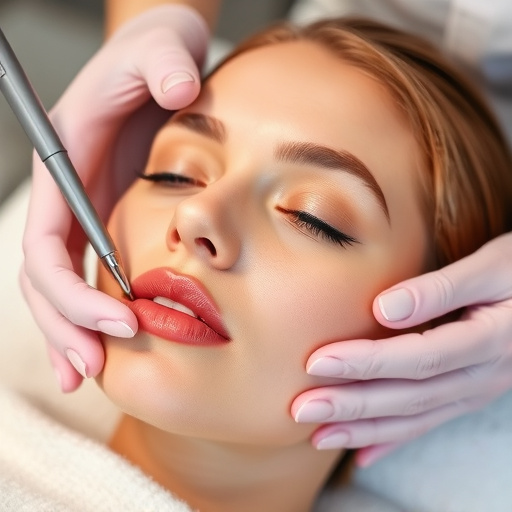
When it comes to managing rosacea, exploring trusted treatment options is a crucial step towards reclaiming your skin’s comfort and confidence. There are various approaches to consider, each tailored to individual needs. One popular choice, and often a game-changer for many, is personalized skincare routines. These routines involve creating a unique regimen that targets specific rosacea symptoms, such as redness, puffiness, and acne-like breakouts. By combining the right ingredients like antioxidants, anti-inflammatory agents, and gentle moisturizers, you can effectively soothe irritated skin and promote healing.
Additionally, anti-aging treatments have shown promise in addressing rosacea’s impact on skin aging. Skin tightening procedures, for instance, can help reduce visible blood vessels and smooth out texture, giving a more youthful appearance. These treatments should be considered with care and under professional guidance, as not all options suit every skin type. A comprehensive approach that combines personalized skincare and targeted anti-aging techniques can lead to significant improvements in managing rosacea symptoms, allowing individuals to feel comfortable again in their own skin.
Achieving Comfort: A Step-by-Step Guide
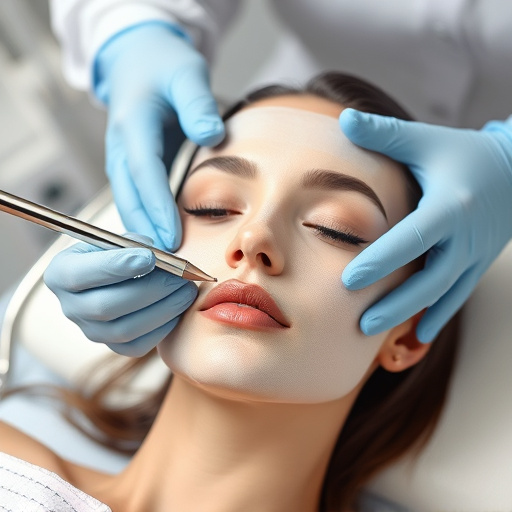
Achieving comfort with rosacea is a journey that involves understanding your skin and choosing the right rosacea treatment. Start by consulting a dermatologist to identify the type of rosacea you have and determine the best course of action. This step-by-step guide will help you navigate this process effectively.
First, establish a gentle skincare routine with mild, non-irritating products suitable for sensitive skin. Avoid harsh cleansers, exfoliants, and makeup that could trigger flare-ups. Next, explore anti-aging treatments like retinoids (in low concentrations) and hydrating serums to promote skin repair and reduce redness. Additionally, consider wrinkle reduction techniques such as microdermabrasion or chemical peels for more severe cases. For acne associated with rosacea, incorporate gentle acne treatments like benzoyl peroxide or salicylic acid to unclog pores without further irritating the skin. Remember, patience is key; it may take several weeks to see improvements and find the right balance of products that work best for your skin.
Rosacea no longer has to disrupt your comfort or confidence. By understanding this condition, exploring trusted treatment options, and following a step-by-step guide, you can achieve lasting relief and feel comfortable again. Incorporating effective rosacea treatment into your routine empowers you to reclaim your self-assurance and enjoy life without concern.

